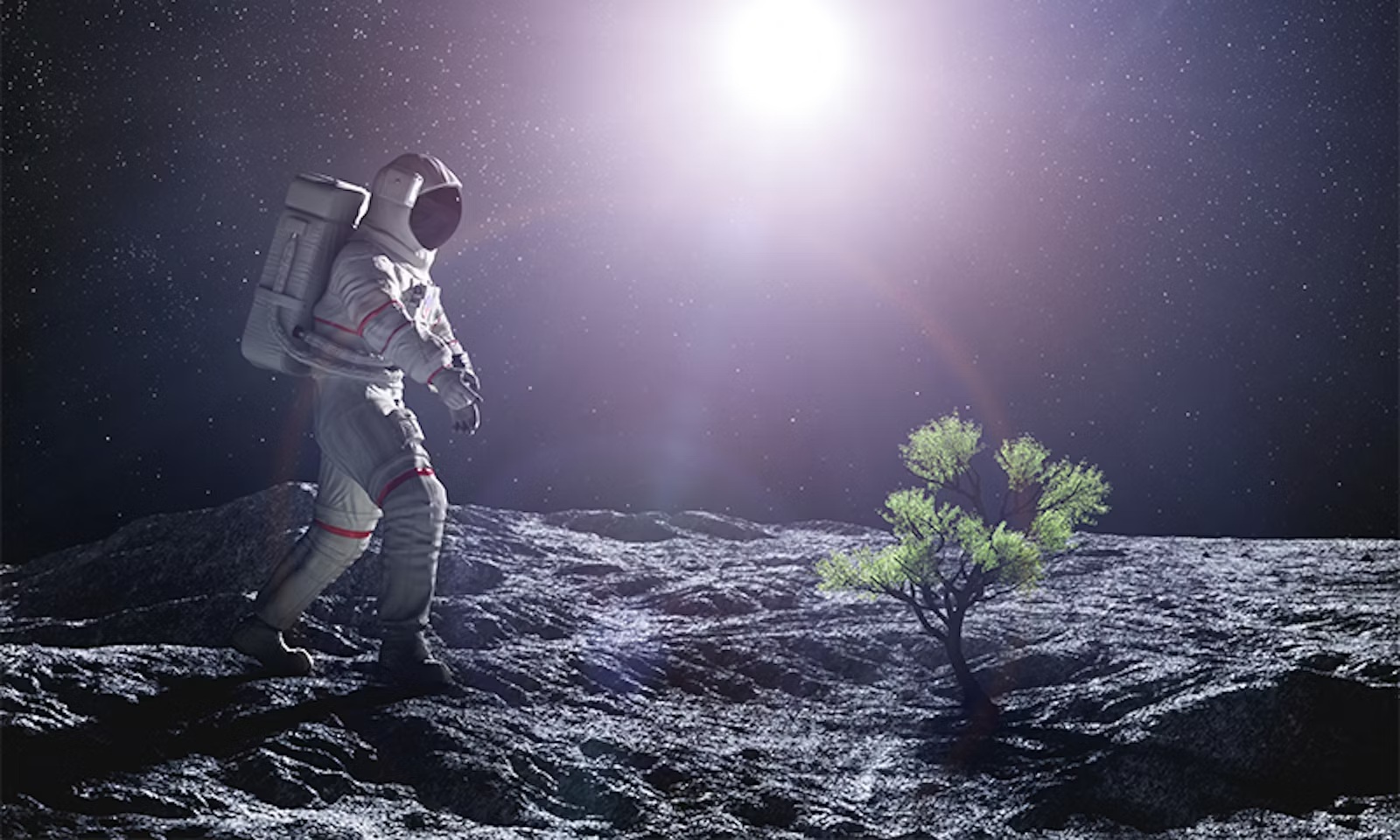
Will Plants Grow on the Moon?
Three Earth plants will soon make a new home on the lunar surface.
By Tom Metcalfe
Sign up for our monthly newsletter!
Three humble plants from Earth will soon travel to a new home on the moon.
The plants—a mustard cress, a type of brassica, and a duckweed that grows in ponds—are part of the LEAF project, and will be placed on the moon’s surface when NASA’s Artemis III mission arrives there in the near future—possibly as soon as 2026. The plants will be transported in a “growth chamber” containing air, heat, and internal lights, but they will be exposed to lunar gravity and most types of lunar radiation.
“What we are really looking at is the effects of lunar radiation on plant growth,” says Marshall Porterfield, a biological engineer at Purdue University and one of the scientists leading the LEAF experiment. “That’s our main consideration.” Finding plants that grow best on the moon is a crucial aspect of what space scientists call “bioregenerative” life support—the idea of sending not just humans but entire human ecosystems into space. Scientists want to figure out how to provide enough air, food, and water for astronauts on space missions that may take months or years, and biological solutions could help make that a more realistic goal.
The plants will take root in the growth chamber before the launch, and the project will measure how well they grow under lunar conditions. The moon has virtually no atmosphere and only a very weak magnetic field, so its surface is flooded by radiation from the sun and cosmic rays—about 200 times stronger than on Earth. Meanwhile, gravity on the moon is roughly one sixth as strong as that on Earth. When the astronauts leave after a week or so of exploration, the growth chamber will be split in two. One half of the plants will return to Earth for study; the other half will stay on the moon.
The plants that stay on the moon will be monitored until they freeze to death.
One of the species—the mustard cress Arabidopsis thaliana—was chosen because it is a “model organism” that has been studied by biologists for decades. That detailed understanding will make it easier to decipher its response to the lunar environment. The brassica is an edible oilseed that was genetically bred to be fast-growing, which could be useful on the moon. The duckweed may be uniquely suited to space: It grows in water without roots, helps to filter the water it grows in, and contains many nutrients humans need to survive.
Porterfield was inspired to work on space travel by his early memories of the Apollo 11 journey to the moon in 1969, when he was just 3 years old. The LEAF project will be the culmination, so far, of his research into growing plants on the moon. He has already studied how the plants respond to the microgravity environment on the International Space Station. (Growing plants on the ISS is a complex business, and Porterfield says a chief concern is that plant roots depend on gravity to draw water.)
Porterfield will examine the genetic material returned to Earth from the experiment, which will reveal how the plants adapted during their sojourn—they’re expected to create substances in their cells to protect them from increased radiation, for example. The plants that stay on the moon will be monitored by video, probably until they freeze to death in the two-week-long lunar night, he says. (Surface temperatures during the moon’s long night have been measured at below -200 Fahrenheit, near the freezing point of many gasses. The Artemis III astronauts won’t stay for a lunar night, but future missions will need to find ways to keep warm.)
Porterfield wasn’t involved in recent experimental attempts to grow plants in lunar regolith—the mix of rock chips and mineral fragments that covers the moon’s surface—but he says learning how these plant species respond to real lunar conditions will be more important. For a start, it is unlikely that any plants will ever be grown in unprocessed lunar regolith, which lacks the essential chemicals and useful organic substances of soils on Earth.
Plants are expected to create substances to protect them from radiation.
“We’re not going to go up there and start planting plants on the moon,” Porterfield says. Instead, he says, the astronauts will use hydroponic systems, which can be lightweight and maximize the growth of plants by supplying them with nutrient-rich water in a specialized growth medium, rather than soil.
“This project and others like it will certainly be helpful in growing supplementary crops for astronauts on the moon,” says UCLA systems ecologist Jane Shevtsov, the co-founder of the Propagule Space Ecology Institute and an expert in bioregenerative life support systems who isn’t involved in the LEAF experiment. The response of plants to microgravity on the International Space Station is known, but “we know … almost nothing about how they and other organisms respond to partial gravity,” she says.
How they will respond to intense lunar radiation is perhaps the biggest question currently—the International Space Station orbits within the Earth’s magnetic field, and so it is exposed to much lower radiation levels than the lunar surface. A similar experiment on a recent Chinese moon mission—the Chang’e 4 biosphere experiment—suffered an engineering failure and so lasted just nine days when it had been scheduled to run for 100. “The big challenge here is the engineering—making sure that LEAF doesn’t suffer [that] kind of failure,” says Shevtsov.
If these three little plants can thrive on the moon in spite of the challenging conditions, they may make way for the lunar gardens and farms of the future.
Tom Metcalfe is a science journalist based in London, where he writes mainly about space, energy, archaeology, Earth, and the oceans. He has written for Scientific American, National Geographic, Live Science, NBC News, BBC News, and others.
Lead image: PHOTOCREO Michal Bednarek / Shutterstock
This article previously appeared in Nautilus.
Plantings
Issue 41 – November 2024
Also in this issue:
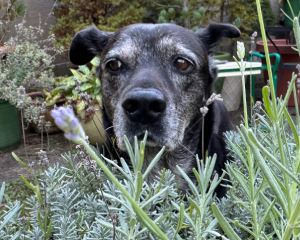
The Healing Instinct: Plants, Animal Behavior, and the Origins of Medicine
By Gayil Nalls
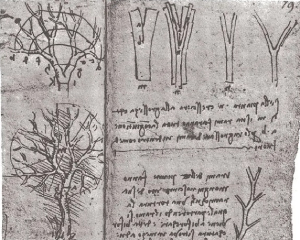
Branching Beyond Leonardo: The Evolution of Tree Architecture Theory
By Gayil Nalls

The Art of the Brew: Exploring Beer’s Aromas, Flavors, and Sustainability
By Gayil Nalls
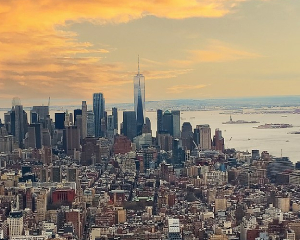
How Can We Make A Better Concrete Jungle
By Gayil Nalls
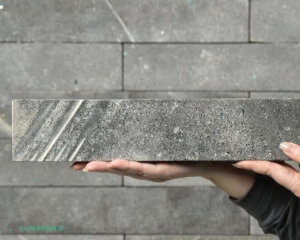
Cementing Change: How Ginger Dosier’s Biomason is Paving a Greener Path
By Erum Azeez Khan
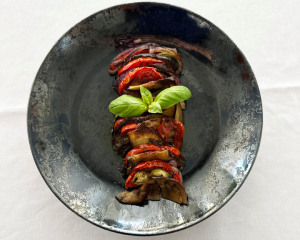
Eat More Plants Recipes:
Vegetable Tian
By Chef Romain Delacretaz, Table Marine, Nice, France

As Ireland transitions from the rich, smoky scent of peat-burning to a more sustainable future, its olfactory heritage is evolving. What will become the next iconic aromatic symbol of Ireland?
Click to watch the documentary trailer.

